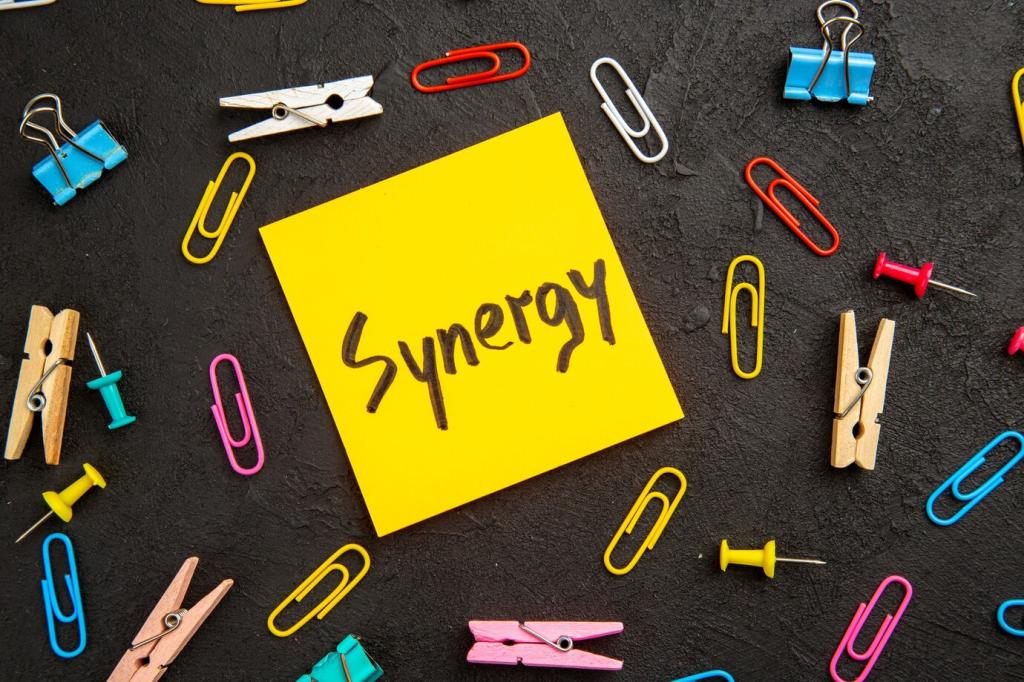Across Borders: Exploring Cultural Etiquette in Different Nations






Gift-Giving Customs and Meanings
In China, red symbolizes good fortune, while white is associated with mourning. In Japan, the number four echoes the word for death and is often avoided. Even small details matter. What color choices have you learned to reconsider when wrapping gifts for friends abroad? Share your careful picks and why.
Gift-Giving Customs and Meanings
Presenting with both hands in Japan shows care and attention. Some cultures expect polite refusal once or twice before accepting, and opening the gift later can preserve modesty. Elsewhere, opening immediately feels warm and engaging. Tell us what you do when unsure, and how you respectfully ask for guidance.
Business Etiquette and Professional Norms
Punctuality and Time
In Germany and Switzerland, arriving early signals reliability. In Mexico or parts of the Middle East, schedules can be flexible, with relationships taking precedence over the clock. Clarify expectations beforehand. How do you negotiate timing respectfully across cultures? Share your best scripts for setting meeting norms.
Cards, Titles, and Meetings
In Japan, offer and receive business cards with both hands, and study the card respectfully before putting it away. In many places, titles matter deeply in first meetings. Clear agendas help, but leave room for relationship-building. What meeting rituals have you adopted abroad? Teach us your most effective habits.
Negotiation Styles and Trust
Some cultures value direct debate and swift decisions; others prefer consensus and careful, relationship-first pacing. In China, guanxi emphasizes trust networks built over time. If you rushed once and learned the hard way, what changed? Share a lesson that transformed your cross-border negotiation approach.

Dress Codes, Modesty, and Symbolism
Religious and Cultural Spaces
Covering shoulders or knees may be required in temples or churches; headscarves and modest attire are customary for visiting many mosques. Removing shoes is standard in Japanese homes and some sacred places. How do you prepare a respectful outfit plan before trips? Share your checklist for mindful packing.
Colors and Messages
White often symbolizes weddings in the West but mourning in parts of East Asia. Red conveys celebration in China and auspicious energy in India. In conservative workplaces, understated tones can communicate professionalism. Which color choices have you recalibrated after a cultural misstep? Offer your cautionary tale below.
Climate, Context, and Comfort
Etiquette interacts with environment: desert regions favor breathable modesty, while Nordic winters require layers that still respect formality. Dress for the occasion and the weather, but always defer to local norms. What’s your best tip for staying comfortable without compromising respect? Share your travel wardrobe wins.
Communication Styles and Gestures
The Netherlands often values frankness, while Japan may prefer indirect phrasing to preserve harmony. Understanding when to soften requests can prevent embarrassment. How do you check for clarity without causing discomfort? Share your favorite phrases for polite feedback and culturally sensitive questions.

Rituals, Respect, and Everyday Kindness
In South Korea, deference to elders shapes language and actions; in many cultures, elders are served first or seated prominently. Standing when someone older enters a room can be a sign of respect. What customs taught you humility? Share an elder’s lesson that still guides your travels.
Rituals, Respect, and Everyday Kindness
Orderly queues are prized in the United Kingdom, and quiet public transit etiquette is valued in Japan. In Singapore, cleanliness rules reflect communal responsibility. Observing local norms protects everyone’s comfort. Which public-behavior rule surprised you most? Add your field notes and help fellow readers blend in gracefully.


